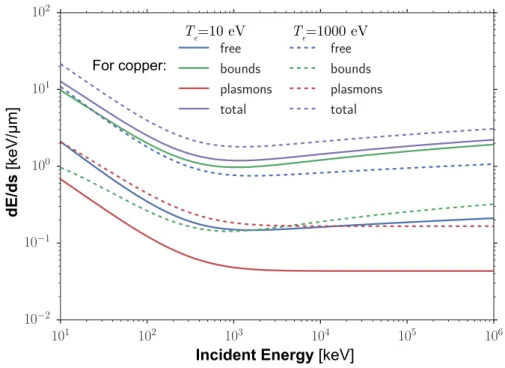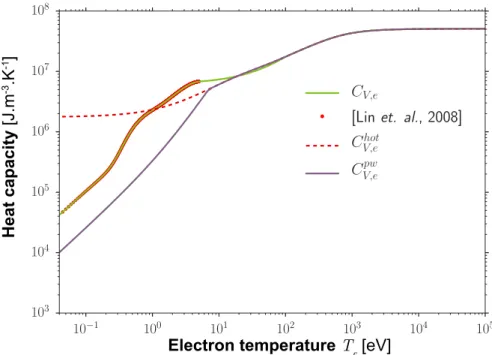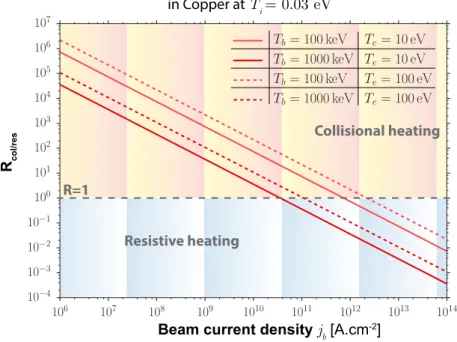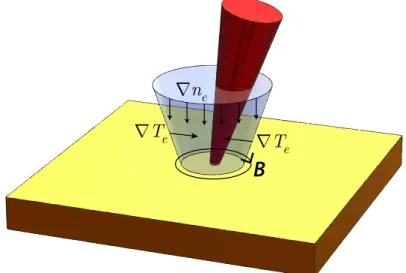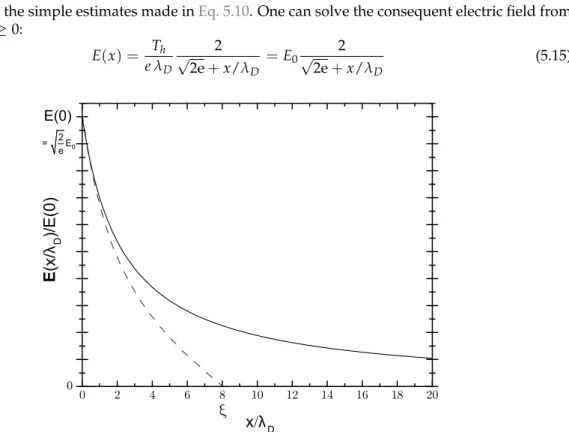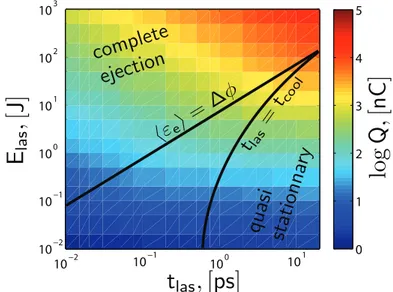Laser-driven strong magnetic fields and high discharge currents : measurements and applications to charged particle transport
Texte intégral
Figure

![Figure 0.8 – An x-ray streak image of the plasma generated in the target capacitor. Image and caption taken in [88].](https://thumb-eu.123doks.com/thumbv2/123doknet/12865463.368886/32.892.329.595.606.966/figure-streak-plasma-generated-target-capacitor-image-caption.webp)
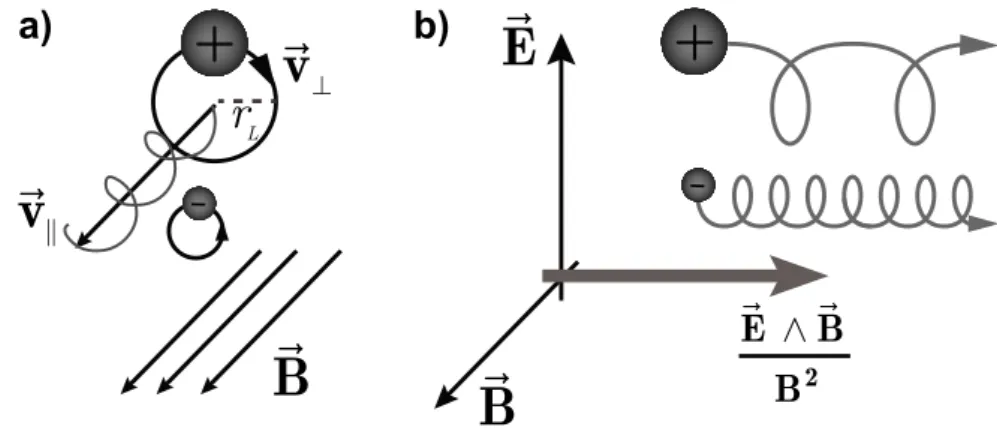
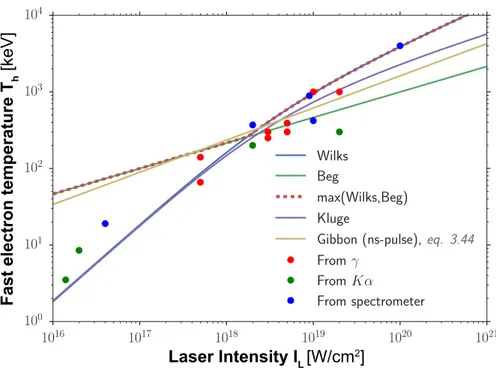
Documents relatifs
When the tested “GC-like” sample (i.e., a heroin analyzed by UHPLC–MS/ MS after data transformation) was identified in the same final cluster as the GC-MS heroin sample in the
In comparison with the theoretical limit for a majority carrier trap according to Equation (5), black symbols in Figure 2 show a range of experimental values for the step height
It is here that PIC simulation studies of resonant absorption with strong profile modification have been carried out yielding results that agree with the
L’anachronie par rétrospection (analepse ou anaphore, ou encore « flash-back » dans le cinéma), qui consiste à raconter ou à évoquer après coup un
We focus our analysis on the transport and losses of fusion-born alpha particles, with
Each physicist must elaborate his/her own global view about plasma physics from many models which do not have any strict hierarchy ; indeed any model may be complexified in many
Dans cette partie, nous présentons des méthodes et méthodologies de construction d’ontologies et aussi quelques projets des ontologies dans le domaine médical et nous donnons aussi
For λ = 0, we get back the RL case, and for λ = 1, we obtain a Sequential Generative Adversarial Network (SeqGAN) (Yu et al. 2017), we pre-train the models 240 epochs with
